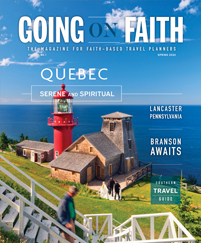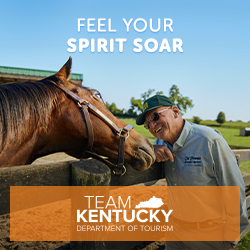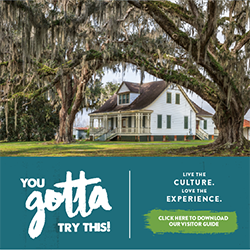Even for adults, visiting a zoo is a bit of a surreal experience. Animals that previously lived only on the pages of “The Swiss Family Robinson,” a picture book, or a biology text from high school stare out from their enclosures directly at visitors, so close that the curious can smell, see and, sometimes, even touch them.
What few people know is that it’s not just big-name zoos in big cities that are preserving these species and making them available for the general public to experience. There are many animal sanctuaries tucked away in out-of-the-way places in the United States that let groups see the wild up close. These smaller, private institutions often provide even more intimate encounters than the larger zoos do.
Some educational, some adventurous and all incredible, the following five animal parks provide experiences that transcend the average zoo visit and will delight groups of any age and size.
The Wilds
Cumberland, Ohio
Ohio might be the last place you would expect to find zebras in the United States. However, zebras are just one of the many exotic animals The Wilds, a sanctuary for animals in southeastern Ohio, houses on its 10,000 acres of protected land. The center was started with two primary goals: to serve as a greenhouse of sorts for scientific discovery and as a microscope through which the public could see extraordinary wildlife.
What might be even more surprising than the reserve’s location is its origin. The 10,000 acres were once used for strip mining — a taboo environmental practice — and belonged to the American Electric Power Company.
“The Wilds started through a donation from AEP, and then the Columbus Zoo became a partner in 2001,” said Jen Wilson, director of communications for the Columbus Zoo. “Today we’ve got rhinos, giraffes, zebras, bison, camels. You name it — it’s at The Wilds.”
Other than its size, what makes The Wilds so different from its zoo parent in Columbus?
“It’s entirely different,” said Wilson. “First of all, we have mixed species living together, which you often don’t see in a zoo. Also, you are experiencing them through a guided tour in a vehicle that is immersed inside the exhibit; you feel much more a part of it.”
The Wilds also offers yurt-style and cabin-style lodging right on its grounds, so groups can stay overnight in the wild. Waking up and looking out over the veranda across the preserve’s acres of river valley, they just might forget they’re in America’s heartland and not the African wilderness.
The park is open daily from May to September and during weekends in October.
Wildlife Sanctuary
Ellijay, Georgia
The Wildlife Sanctuary in Ellijay, Georgia, did not start out as a tourist destination. The 30-acre facility functions more like a safe house for abandoned, distressed, injured or otherwise incapacitated wild animals native to the surrounding Georgian woodlands.
“Our goal is to release every animal that we receive into our care back into the wild, into their natural habitats,” said Lynn Kaiser, the center’s volunteer secretary. “However, some are not releasable, and so those we get permits to keep, and those are the ones people can come see.”
Some of these “unreleasable” animals include black bear twins that were raised from cubs at the center after being orphaned, hawks, possums and squirrels. Fourteen years ago, the center became an official nonprofit and began opening up to the public to educate groups about the wildlife in their own backyards.
Today, groups can schedule a private tour of the facilities for $8 to $10 per person, depending on group size. There is also an amphitheater on the property where educational presentations on the various animals are given. Kaiser said the center is closed to groups on Saturdays, but Sundays are a popular day to visit. Contact the center to arrange a group tour and to learn about the programming schedule.









